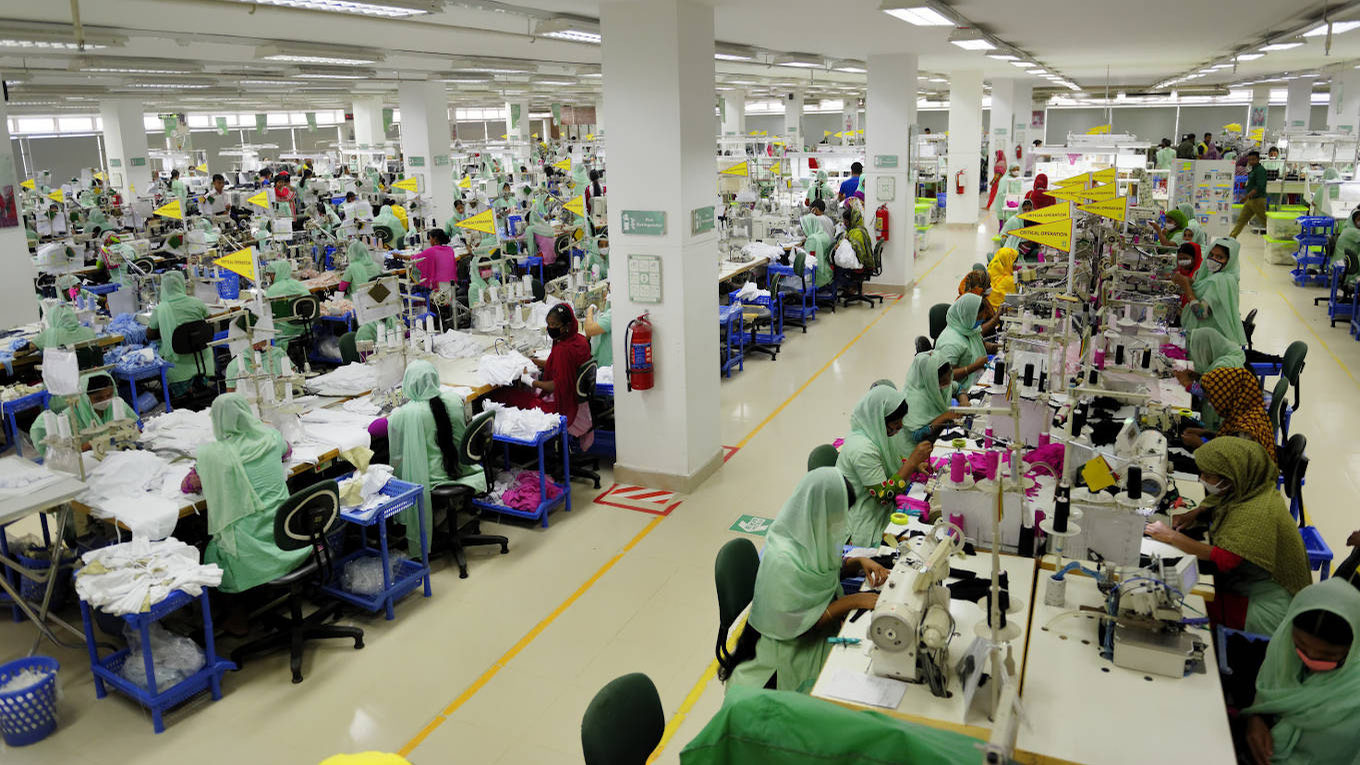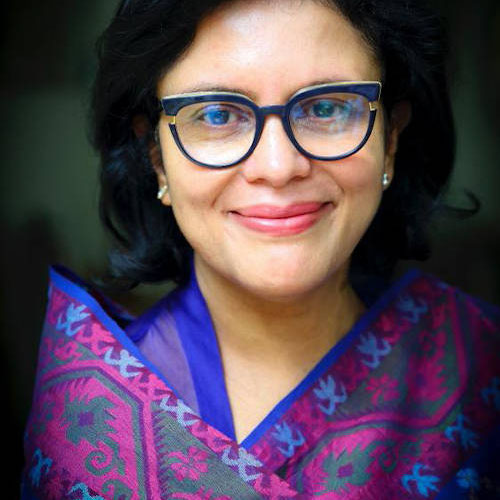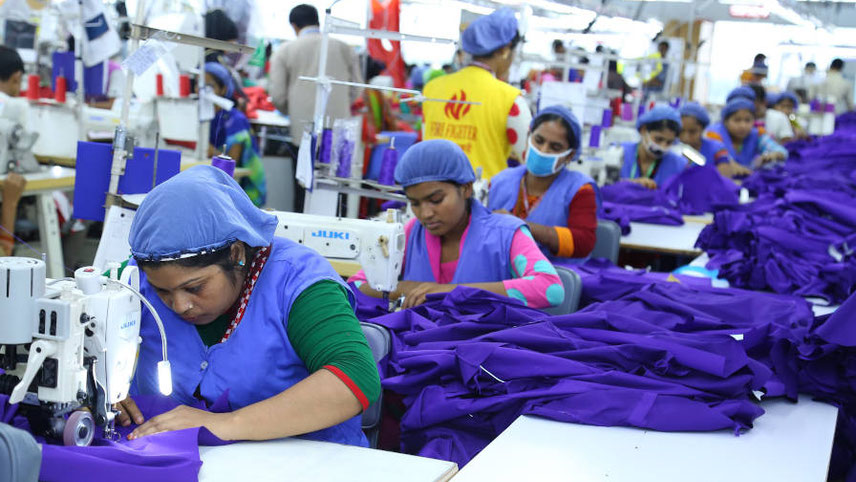While Bangladesh will celebrate its 50th year of Independence on 26 March 2021, the country, despite all sorts of challenges and adversities, has shown a great deal of resilience and grit, emerging as the second largest exporter of ready-made garments (RMG) to the world, after China. Bangladesh’s market share in global RMG trading is 6.5 per cent. The last couple of decades have been quite eventful for this country, as it has significantly ramped up its capacity and capability in RMG manufacturing. Bangladesh has also positioned itself as a reliable supplier in the global market. Over the last two decades or so, RMG exports from the country have grown at a CAGR of 14.8 per cent, reaching $34.2 billion in 2018-19 (July 2018-June 2019) and contributing over 84 per cent to the country’s total exports. In 2019-20, however, due to the Covid-related market slowdown, exports were hit badly, declining to around $28 billion. The Bangladesh economy remains highly dependent on the RMG industry for manufacturing, employment, foreign reserves and women empowerment. The industry contributes 11.2 per cent to the country’s GDP. The 4,600-plus RMG units constitute the largest industrial sector in the country, contributing 36 per cent of manufacturing employment and engaging 4.1 million workers. Private sector's big role “The Bangladesh government has been quite proactive in supporting the RMG industry in the country,” says Rubana Huq, president, Bangladesh Garment Manufacturers & Exporters Association (BGMEA). “Backed by progressive policy initiatives, we have created a favourable environment for the RMG sector, where private entrepreneurs have played a big role in building up a strong ecosystem. Currently, we are looking to consolidate our position further and add more value to our offering by getting into high-value garments.” Recently, during the initial months of Covid restrictions, when the country’s RMG exports were hit badly due to the closure of garment units, as also the cancellation of orders by buyers in the global market, the Bangladeshi government promptly announced a stimulus package of about Tk105 billion for reviving the economy, of which about Tk50 billion was allocated to bail out the export-oriented RMG industry. As the garment units struggled to pay wages to their workers during the recent challenging period, the package ensured that workers would get wages and allowances and stay afloat. Besides, the size of the Export Development Fund was increased from $3.5 billion to $5 billion, which provided short-term facilities for importing raw materials for export-oriented industries. Out of this package, the central bank of Bangladesh instituted a $600-million pre-shipment credit refinance scheme for RMG and other export-oriented industries. “Our government’s timely interventions have paid rich dividends in the past,” adds Huq. “This time round also, the stimulus package was a major support to the RMG industry during Covid, helping it tide over challenges on the macro and micro fronts. In the short term, as we have been able to overcome the difficult situation, in the medium term, we as an industry are also closely observing the developments happening in our primary market, the EU, in this Covid scenario. In the long run, we want to not only sustain the growth achieved by the industry, but also look forward to graduate to become a supplier, which will enable us to have a much better say in the market.” Huq is also the Managing Director, Mohammadi group, Bangladesh – a family business conglomerate, whose journey began exporting readymade garments and has since diversified into software, digital distribution, real estate and power generation. The group’s latest venture is a media enterprise – the launch of a television channel, Nagorik. Huq had also featured in BBC’s 100 Women of 2020. And most recently, she has been elected the suppliers’ representative at the Steering Committee of the Fashion Charter for Climate Action for 2021-22 for her continuous support and commitment to climate action.
-

The 4,600-plus RMG units constitute the largest industrial sector in the country



































